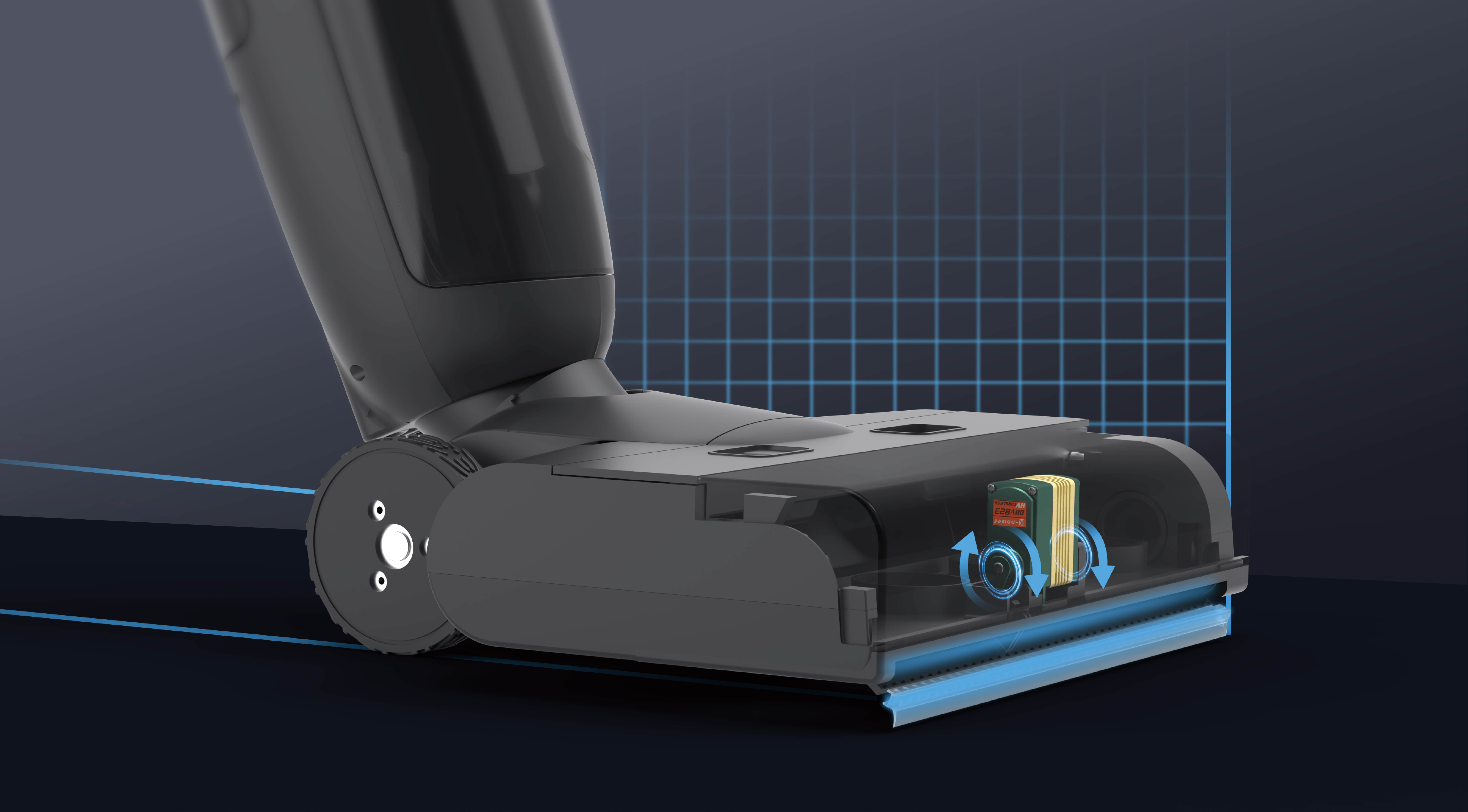Unveiling the Power and Precision of Gear Box DC Motors: Your Ultimate Guide to Enhanced Automation

In the bustling world of industrial automation and machinery, the role of motors cannot be overstated. Among the myriad options, the gear box DC motor stands out as a versatile, reliable, and highly efficient drive solution that has revolutionized sectors from manufacturing to robotics. But what exactly makes the gear box DC motor such an indispensable asset? Let’s peel back the layers to understand its core components, working principles, and why it’s gaining popularity across diverse applications.
The Basics of DC Motors
At its heart, a DC motor converts direct current electrical energy into mechanical motion. Its simplicity and ease of control make it a favorite for applications requiring variable speed and torque. A typical DC motor comprises a stator (fixed part) and a rotor (rotating part). When powered, magnetic fields interact, causing the rotor to turn, translating electrical signals into motion.
However, in most practical scenarios—especially those demanding high torque or precise speed control—the raw power of a DC motor needs fine-tuning. That’s where gearboxes come into play.
Introducing Gear Box DC Motors
A gear box DC motor combines a standard DC motor with a gear reducer or gearbox. The gearbox is an essential component that modifies the torque and speed output of the motor, enabling it to meet specific operational requirements. Think of it as a sophisticated translator that takes the motor’s raw power and refines it into a form perfect for the task at hand.
The gearbox typically consists of a series of gears—spur, helical, planetary, or worm gears—carefully designed to optimize efficiency, durability, and noise levels. The choice of gear type depends on application needs such as load capacity, speed range, precision, and space constraints.
Why Use a Gear Box with a DC Motor?
While DC motors are inherently capable of a wide range of speeds, their high-speed output often exceeds what many applications require or can handle safely. Additionally, the raw torque generated at high speeds may be insufficient for heavy-duty tasks. By integrating a gearbox, manufacturers and engineers can fine-tune the motor’s output to achieve the desired balance of speed, torque, and power efficiency.
This combination unlocks several advantages:
Enhanced Torque: Gearboxes exponentially increase torque, allowing the motor to handle heavier loads without sacrificing speed or efficiency. Speed Reduction: For applications requiring slower, controlled movements—like robotic arms or conveyor belts—the gearbox reduces high motor speeds to manageable levels. Precision and Control: Gearbox DC motors are often used in applications demanding precise positioning and movement, thanks to the gear’s ability to provide incremental control. Durability and Reliability: Properly selected gearboxes extend the lifespan of the motor by distributing mechanical stress and reducing wear.
Types of Gearboxes Commonly Used
Different applications benefit from various gearbox designs:
Spur Gearboxes: Simple, cost-effective, offering high efficiency and smooth operation; ideal for low to medium torque and speed reduction. Helical Gearboxes: Similar to spur gears but with angled teeth, they operate more quietly and handle higher loads, suitable for industrial applications. Planetary Gears: Known for their compact size and high load capacity, planetary gearboxes excel in robotics and precision machinery. Worm Gears: Yield high torque in small packages but with some efficiency trade-offs, common in applications needing significant speed reduction and self-locking features.
Each gearbox type is selected based on specific needs, such as torque requirements, space limitations, noise considerations, and operational environment.
Key Factors in Selecting a Gear Box DC Motor
Choosing the perfect gear box DC motor involves considering multiple parameters:
Motor Voltage and Power: Ensure compatibility with the existing system and energy requirements. Torque and Speed: Define the operational load and desired movement rate. Gear Ratio: Determines the balance between torque amplification and speed reduction. Size and Mounting: Fit within the mechanical design constraints of your application. Efficiency and Noise Levels: For sensitive environments, quieter and more efficient options are preferred. Material Durability: Especially important for harsh industrial environments with exposure to dust, moisture, or chemicals.
Matching these factors ensures the motor and gearbox combination delivers optimal performance, longevity, and energy efficiency.
Applications of Gear Box DC Motors
The versatility of gear box DC motors makes them ideal for an expansive range of applications:
Robotics: Precise control of robotic arms, grippers, and mobile robots relies heavily on gear box DC motors for accurate positioning. Manufacturing Equipment: Conveyor belts, assembly lines, and packaging machinery benefit from robust torque capabilities and fine speed adjustments. Automotive Industry: E-powered steering systems, window regulators, and electric seats utilize compact, high-torque gear box motors. Medical Devices: Precise movement and gentle handling are crucial in surgical robots and diagnostic equipment. Smart Home Devices: Automated curtains, robotic vacuum cleaners, and intelligent security systems leverage efficient gear box motors for seamless operation.
In the eyes of engineers and automation enthusiasts, the gear box DC motor represents a perfect synergy of power, control, and adaptability. Its customized approach makes it suitable for both heavy industrial tasks and intricate precision applications.
Established in 2005, Kpower has been dedicated to a professional compact motion unit manufacturer, headquartered in Dongguan, Guangdong Province, China.




































